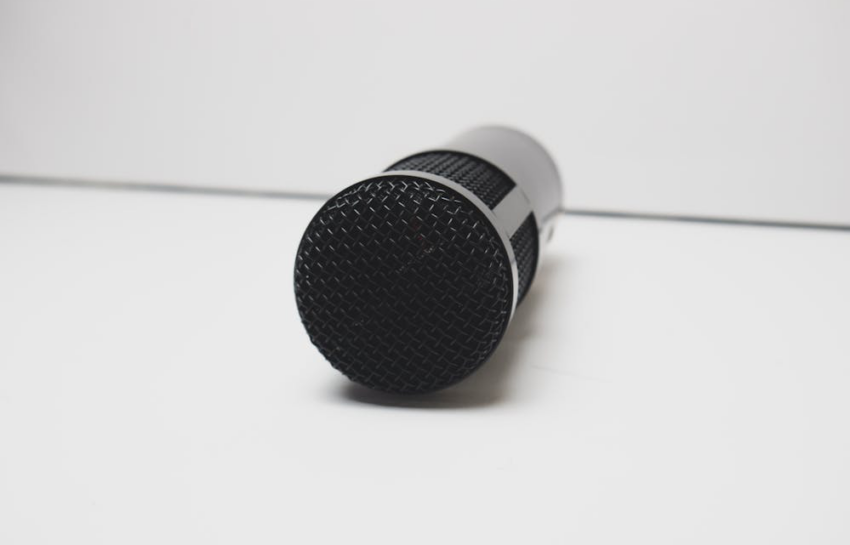When it comes to getting media coverage, your pitch could be brilliant, but if it lands at the wrong time, it may never be read. Reporters, producers, and editors are constantly flooded with story ideas, and successful outreach requires more than just a compelling subject line. It takes smart pitch timing.
Knowing when to hit “send” can significantly improve your chances of catching a journalist’s eye. Whether you’re reaching out for a television appearance, podcast guest spot, or online feature, strategic pitch timing is essential for breaking through the noise.
Let’s take a look at the best days and times to pitch the media, and why timing truly is everything.
Why Pitch Timing Matters
Journalists are on tight deadlines, and their attention is divided among assignments, interviews, edits, and meetings. If your pitch arrives during a hectic moment — or worse, outside working hours — it risks being overlooked, buried, or deleted without a second glance. However, a well-timed pitch lands in their inbox when they’re most receptive, increasing the likelihood of engagement.
Great pitch timing isn’t just about avoiding bad hours; t’s about choosing the right moment. Aligning your outreach with a journalist’s workflow can be the difference between a booked appearance and radio silence.
Best Days to Pitch: Midweek Wins
Industry experts and PR veterans agree: Tuesday, Wednesday, and Thursday are the best days to pitch the media.
- Tuesday is ideal because journalists have had time to settle into their week. The Monday chaos has passed, and inboxes have been cleared. They’re planning coverage and looking for fresh angles.
- Wednesday is the sweet spot. It’s midweek, momentum is strong, and media professionals are often searching for stories to fill the end of the week or early next week’s content.
- Thursday works well for pitching evergreen topics or segments planned in advance, especially for weekend coverage.
Avoid Mondays and Fridays when possible. On Mondays, inboxes are overflowing, and many reporters are focused on urgent priorities. Fridays are typically reserved for wrapping up existing work and prepping for the weekend, making it a less than ideal day for outreach.
Best Times to Pitch: Early but Not Too Early

When it comes to pitch timing, the earlier in the day, the better, but there’s nuance to consider.
The Ideal Time: 8:00 a.m. to 10:00 a.m. (Local Time)
Sending your pitch between 8:00 and 10:00 a.m. ensures it’s one of the first messages your recipient sees as they start their day. Most media professionals check their inboxes first thing in the morning and prioritize the most relevant and timely emails. A morning pitch has the best chance of being read, considered, and flagged for follow-up.
Mid-Morning: Still Safe (10:00 a.m. to 11:30 a.m.)
If you miss the early window, you can still catch a journalist’s attention by late morning. After this point, meetings, interviews, and deadlines begin to dominate the day. By noon, many reporters are already locked into their assignments.
Avoid Late Afternoons and Evenings
Pitches sent after 2:00 p.m. tend to get lost in the shuffle. By then, the day’s news cycle is in full swing, and inboxes are either being ignored or cleared out quickly. While some exceptions exist (such as pitching a late-breaking story), most media professionals are not receptive in the afternoon or evening.
Pitching by Medium: TV, Podcasts, and Online Publications

Different media platforms follow different rhythms. Here’s how pitch timing varies by outlet:
- TV Producers work early hours. If you’re pitching a morning show, aim for 6:00–7:30m. For mid-day or evening segments, pitching the day before or early in the morning is best.
- Podcast Hosts are often independent or part-time, so you may have more flexibility, but mornings still reign supreme. Aim to reach them Monday through Thursday via a podcast booking agentbetween 8:00 a.m. and 11:00 a.m. for best results.
- Online Journalists work fast and on rolling deadlines. Tuesdays and Wednesdays are great, but breaking news can impact availability. Tailor your pitch based on the reporter’s beat and publishing habits.
Timing Around Editorial Calendars and Seasons
Beyond the daily clock, pitch timing should also align with bigger-picture schedules. Many publications operate on editorial calendars, planning content months in advance. If you’re hoping to be featured in a holiday round-up, industry-specific podcast, or back-to-school segment, pitch well ahead of time — typically 6-8 weeks in advance.
Likewise, think about seasonality. Journalists love timely angles. Pitch stories that align with current events, awareness months, or trending topics for better traction.
Let OTA Talent Handle the Pitch Timing for You
Perfecting your pitch timing is essential — but you don’t have to do it alone. At OTA Talent, we specialize in securing customized media placements for business owners, television appearances for doctors, and podcast guest placement services. From mastering the timing of your outreach to crafting irresistible pitches and getting you booked on the right platforms, we take care of every step.
Our experienced team knows exactly when and how to approach the media for maximum impact. Let us position you in front of your ideal audience — on TV, podcasts, and digital media — at just the right time.
Contact us today and own your spotlight.















